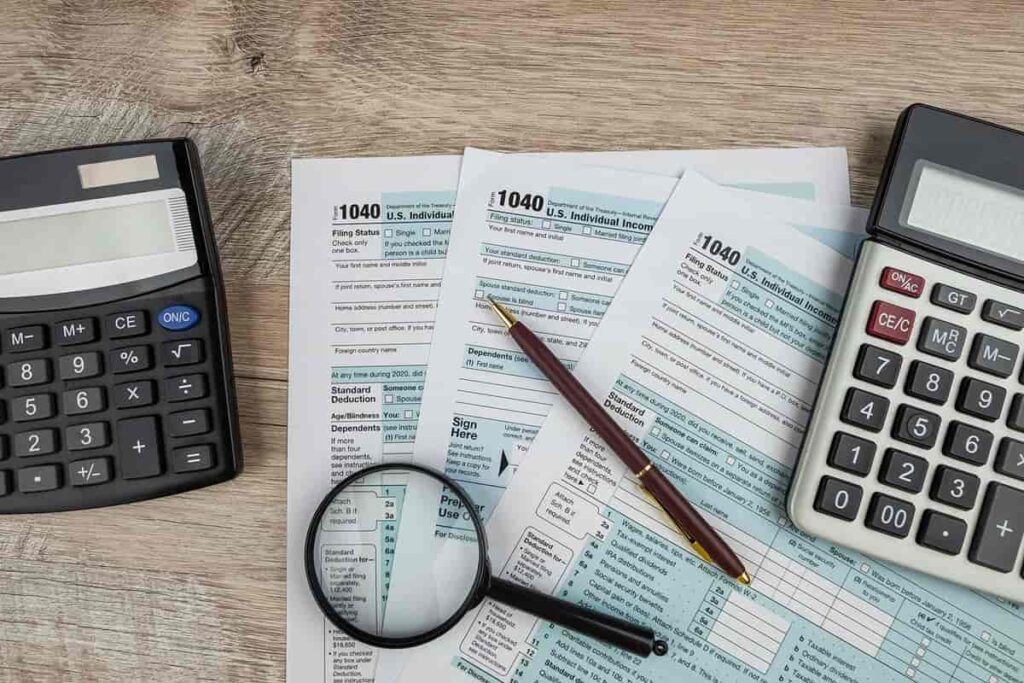How Coronavirus is Affecting the Stock Market
Table of contents

You’re probably sick and tired of hearing about “the rona,” and so are we. The Americans have now commandeered the pandemic as yet another thing for the donkeys and elephants to argue about, and you can’t exactly escape to a tropical island because the travel industry is a complete mess. The best thing to do is try and avoid getting sucked into the whole thing and wait it out until we achieve herd immunity or some life sciences company develops a COVID-19 vaccine. With that said, many of our readers have said they’re as confused as we are regarding what’s happening in the stock market. Today, we’re going talk a bit about how coronavirus is affecting the stock market and how investors ought to respond to that.
Coronavirus and Global Markets
While the pundits hammer away on the coronavirus vaccine investment thesis, we’re here to talk about the effects coronavirus has had on the broader stock market. It’s quite convenient that the very first information about coronavirus was made public on December 31st, 2019. To see how any asset has performed since the rona reared its ugly head, just look at YTD performance. Check it out (as of 07/09/2020):
- NASDAQ +17.9%
- NYSE -14%
- S&P500 -2%
- Dow Jones Industrial Average -9.7%
- MSCI Developed Markets -4.4%
- MSCI Emerging Markets -3%
- MSCI All Country World Index – -4%
It’s a mixed bag of results with global markets (that’s what MSCI ACWI represents) only down -4%. Doesn’t seem right given the havoc this virus has caused around the globe. One could argue that this is a temporary setback. We’ll eventually overcome it, either by vaccine or herd immunity. In a worst-case scenario, we’ll trade sideways through the remainder of the year until the media finds something equally sensational to focus on – like the upcoming U.S. election.
Hardly seems like we know enough about the pandemic problem to come to a conclusion with any degree of certainty. In fact, we know very little right now. In the face of uncertainty, you shouldn’t be making decisions based on information you don’t have. That’s the first takeaway for retail investors. We shouldn’t react to something we know very little about in the same way we shouldn’t invest in something we know very little about.
The Impact of COVID-19 on Sectors
Diversifying your investments across sectors helps reduce sector-specific risk in the same way investing in global stocks helps reduce country-specific risk. It’s interesting to see how the Woohoo Flu has impacted the eleven primary sectors. Below we can see sector-specific impact using Vanguard’s sector ETFs which cover U.S. stocks (as of 07/09/2020):
- Communication Services +3.5%
- Consumer Discretionary +10.2%
- Consumer Staples -6.6%
- Energy -43%
- Financials -27%
- Health Care +2%
- Industrials -17%
- Information Technology +18%
- Materials -9%
- Real Estate -15.5%
- Utilities -13%
This is a good example of why industry diversification is so important. Energy stocks took the biggest hit as oil prices plummeted to below zero temporarily due to geopolitical events and the expectation of a decrease in demand. The impact on Financials is not so obvious. Insurance companies may take in less premiums while paying out more claims. Poor performing loans and a drop in fee income will affect banks. As for the drop in Industrials, it’s understandable considering the slowdown in manufacturing. Real Estate stocks, mostly in the form of REITs, are under close scrutiny as brick-and-mortar tenants are under pressure to pay rent while their stores remain closed. The biggest winner of the lot is the Technology sector.
We largely cover tech stocks here on Nanalyze, most of which seem to be faring quite well in the face of turmoil. Technologies like robotics and automation are booming as humans retreat into their homes to take shelter for a while. Cannabis sales have soared, yet that industry is undergoing a transformation as funding dries up and only the strongest will survive and thrive. Of the twelve technology categories we cover here on Nanalyze, few seem to be affected by COVID-19, at least for the moment. The same can’t be said for other industries like telecoms, retail, energy, and aviation.

The number one goal for every business out there isn’t to generate revenues, or achieve profitability, or increase the share price. It’s to survive.
The Quantigence Portfolio
The lion’s share of our capital is held in a portfolio of 30 stocks that have weathered five recessions while continuously increasing dividends. Our portfolio is based on a dividend growth strategy called Quantigence which helps investors select stocks to hold using objective criteria. (You can read more about Quantigence here.) Our average holding has not only paid a dividend, but increased it for 36 years running in the face of five recessions. As someone once said, it’s always been a mistake to assume “this time it’s different.”
When the markets took their drastic turn south earlier this year, we started to selectively add to a few positions that looked to be oversold using dollar-cost-averaging. (We’ve since turned those off as everything seems to have rebounded.) Since we’re mostly vested at the moment and our horizon is indefinite, no action is needed. We’re keeping a watchful eye on energy and REITs as these two sectors appear to be most at risk. Unless one of our holdings stops increasing their dividends – something that seems highly unlikely given their track records – there’s nothing to do but cash those dividend checks. That may be what we’re doing, but what should you do?
What to Do
People understandably want to be given answers in the face of uncertainty. Global equities are roughly back to where they were prior to COVID-19, IPOs are booming again, risky vehicles like SPACs are thriving, and the Americans are getting ready to choose another fearless leader. What should investors do?
If you’re gainfully employed, you ought to be investing as much of your income as possible in a diversified portfolio of assets that span multiple asset classes. The easiest way to do that is by using a low-fee robo advisor such as Betterment. We prefer dividend growth investing because it behaves like its own asset class. You might consider creating your own DGI portfolio. Whatever you choose to do, use dollar-cost-averaging to purchase assets at fixed intervals over time. This removes emotion from investment decisions. If assets plummet, you’re happy to be buying at bargain prices. If they continue moving upwards, you’re happy to see capital appreciation.
Notice how these suggestions are simply what you should be doing at all times, regardless of what the market is doing. If you happen to be holding cash and you need a place to put it, consider many of the alternative asset classes we’ve discussed. Wine, art, and commercial real estate are some examples of assets that aren’t correlated with mainstream asset classes like stocks and bonds.
If the market tests new lows – and that’s a possibility we can’t dismiss – you might consider doing some bargain shopping – again, using dollar-cost averaging. As J.P. Morgan once said, “in bear markets, stocks return to their rightful owners.”
Conclusion
Too many pundits mislead investors these days. There is no “next Microsoft.” There is no “one stock to own.” Still, they’re able to peddle these crummy ideas because here’s no shortage of people looking for a get-rich-quick investment thesis. The same people who piled into ICOs are now piling into SPACs. The prevalence of irresponsible investing “advice” is why Robinhood is installing bulletproof glass at their main office.
Accumulating wealth is a slow and boring process, where time is your best friend. It’s all about time in the market, not timing the market. Volatile markets provide us with opportunities to pick up quality companies at bargain prices. Make sure your portfolio is sufficiently diversified. If you are gainfully employed, use dollar-cost averaging to continue adding to your positions. Try not to time the market. Expect dividend growth to slow as companies proceed with caution in the face of uncertainty. Don’t follow the herd when there’s widespread panic. This too shall pass.
Sign up to our newsletter to get more of our great research delivered straight to your inbox!
Nanalyze Weekly includes useful insights written by our team of underpaid MBAs, research on new disruptive technology stocks flying under the radar, and summaries of our recent research. Always 100% free.














